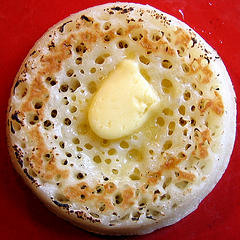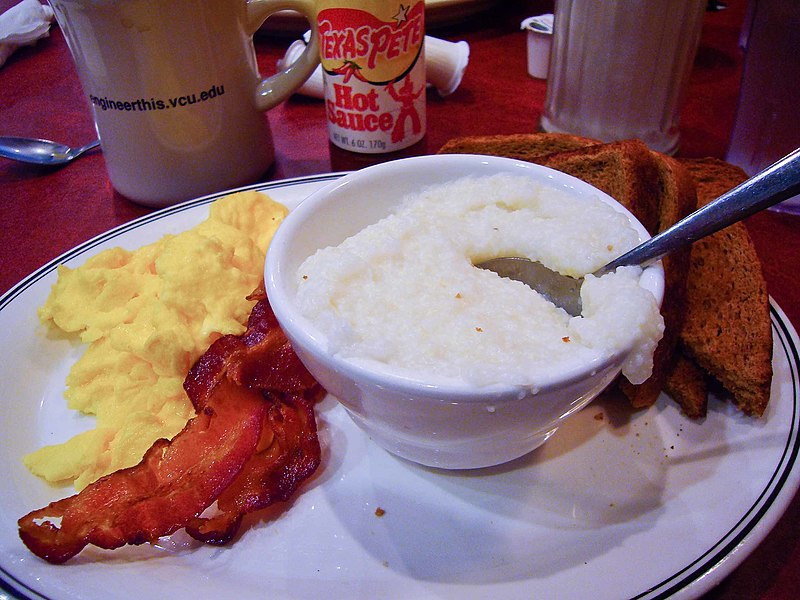'Great British Waste Menu' was a program on BBC One over the summer. It follows four of the nation’s top chefs – Angela Hartnett, Richard Corrigan, Matt Tebbutt and Simon Rimmer – as they journey deep into the heart of Britain’s food waste problem, exploring how and why we throw away and reject huge quantities of perfectly edible food. This 90’ food event will follow the chefs as they source shocking amounts of unwanted food from every corner of the food chain – from supermarkets to ordinary homes, markets to farms – and then transform it into mouth-watering dishes.
The scale of the food waste problem is eye-popping. Every year, British homes throw away enough food and drink to fill 4,700 Olympic sized swimming pools. Retailers throw away 400,000 tonnes of food every year. And it’s estimated that every day we bin around 4 million apples, 5.3 million potatoes, 2 million tomatoes a day, 2.3 million ham slices, 1.8 million yoghurts, 1.4 m sausages and 7 million slices of bread. Shocked by the scale of the problem our four chefs have agreed to take on a challenge that will test their culinary skills to the limit.
The chefs will face a unique and near-impossible task: can they create a fabulous banquet for over 60 VIPs using the food that the rest of us don’t want? Can they create restaurant-standard food using ingredients that have been discarded, rejected or deemed unsuitable for sale? Will they be able to change the way we all think about the food we waste? The dishes the chefs create will be judged by four of the nation’s toughest food critics – Matthew Fort, Prue Leith, Oliver Peyton and Jay Rayner – who will decide which dishes should go onto the menu for a lavish banquet designed to prove that we should all be saving our scraps. The challenge for the chefs is to create dishes good enough to grace any menu in any restaurant in the world, using the food that the rest of us don’t want.
With millions of people starving around the world, it’s a scandal that so much delicious food ends up as animal feed, is composted, or gets dumped simply because consumers and retailers have become picky and squeamish about ingredients. Just because ingredients are misshapen, blemished, the wrong size or unfashionable, it doesn’t mean they can’t be turned into great food. Our chefs’ mission is to prove that all this unwanted food can be great food, by sourcing it for themselves and then turning it into mouth-watering dishes. As well as raiding the bins and sourcing discarded, unwanted and unsellable food from shops and homes, our chefs will travel further up the food chain and explore how food gets wasted at source. They’ll discover how farmers and food producers are struggling to provide for a society that has ceased to treat food as a precious resource and begun to treat it like a disposable commodity.
The show begins with Simon Rimmer and Matt Tebbutt competing to make a starter and Richard Corrigan and Angela Hartnett competing to make a main course. The chefs raid supermarket bins, visit shops, markets, homes and source scraps from restaurants and restaurant suppliers before returning to the Great British Menu kitchen to cook their dishes for the judges. Because the food is perishable, they have only 24 hours to source all the food they need – it’s an entertaining race against time that will reveal the amazing truth about the food we waste. The losing chef from the starter and the losing chef from the main then compete to make dessert for the banquet. Once the judges have chosen the menu for the final banquet, the chefs hit the road again to supersize their dishes. The chefs need enough food to serve over 60 VIP diners, and that means travelling further up the food chain. They visit farms, suppliers, producers and abattoirs to find out how and why perfectly edible food never makes it onto our plates. It’s an eye-opening journey and the chefs are shocked by the huge amounts of perfectly good food that we as a society are rejecting and wasting.














